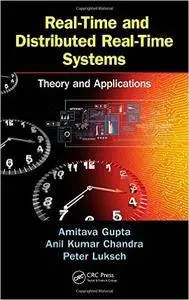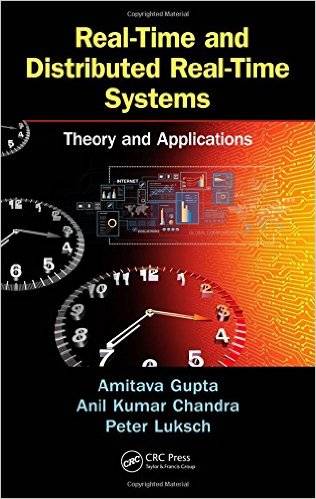Amitava Gupta, Anil Kumar Chandra, "Real-Time and Distributed Real-Time Systems: Theory and Applications"
2016 | ISBN-10: 1466598476 | 167 pages | PDF | 10 MB
2016 | ISBN-10: 1466598476 | 167 pages | PDF | 10 MB
Digital computers have revolutionized computation and transformed how computers are used to control systems in real life, giving birth to real-time systems. Furthermore, massive developments in the communications domain have made it possible for real-time systems to perform coordinated actions over communication interfaces, resulting in the evolution of distributed real-time systems.
Real-Time and Distributed Real-Time Systems: Theory and Applications presents a variety of techniques to design, analyze, implement, verify, and validate such systems. The book begins by introducing the basic principles of real-time and distributed real-time systems and then:
Delivers a detailed analysis of a number of common, real-time communication protocols
Discusses advancements beyond the standard-switched Ethernet, including multi-stream transmission control protocol/internet protocol (TCP/IP)
Depicts the design of distributed real-time systems applications using methodology based on a finite state machine (FSM) representation of a real-time system and its corresponding implementation using Simulink® Stateflow®
Demonstrates how MATLAB® can be used to develop real-time applications and integrate those applications over a communication network to form a distributed real-time system
Describes the MATLAB/Simulink-based TrueTime as a tool used for the simulation of protocols and distributed real-time system applications in a MATLAB environment
Delineates the classification of distributed real-time systems applications in terms of failure criticality and severity, safety and integrity levels, life cycle stages, and verification and validation techniques
Individual chapters are supplemented by numerical and analytical problems or simulation exercises to ensure the reader gains a solid grasp of the concepts.



